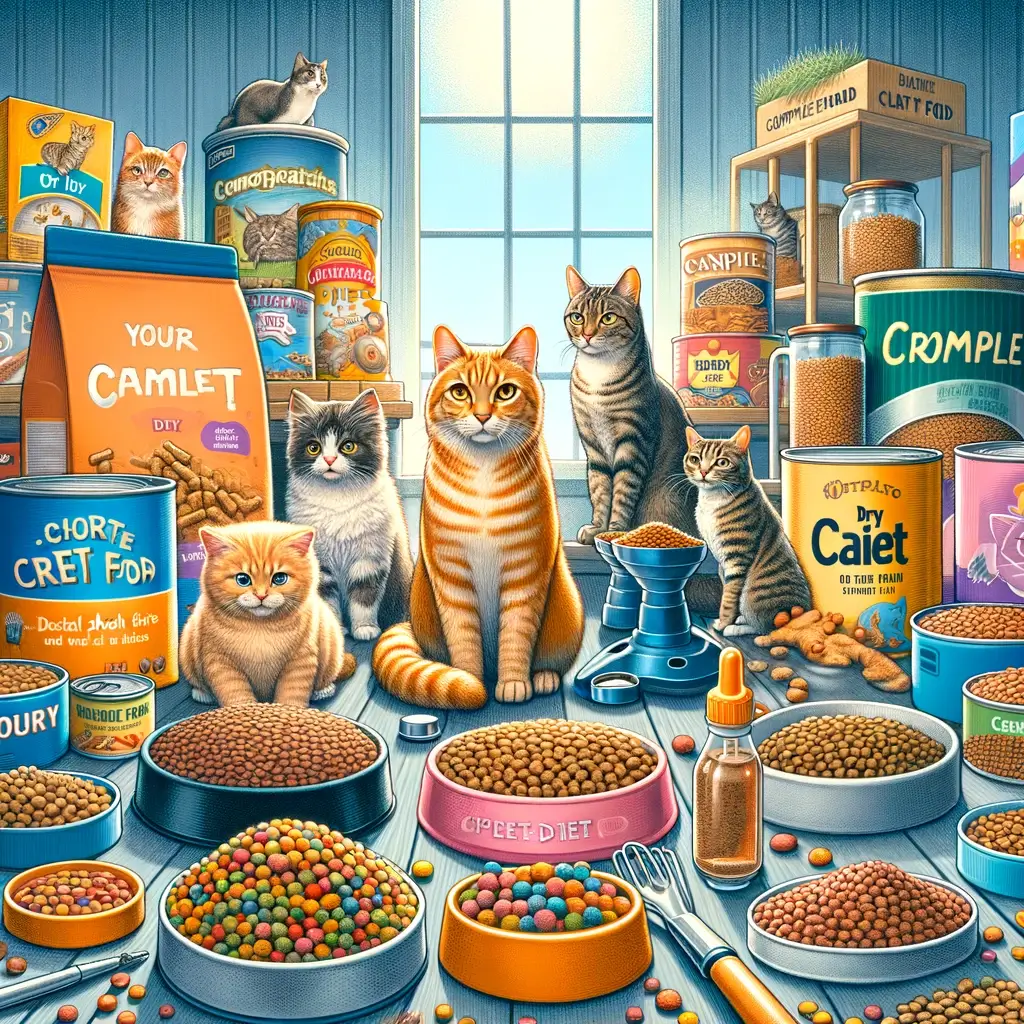Wet cat food comes in pouches or tins and is a popular option for feeding our feline friends. Wet food is made by mixing the meat or protein source with vegetables and added nutrients in a jelly or gravy. The food is then sterilised and packaged. Are you looking for the best wet cat food? Are you struggling to decide between all the brands offered? From Purina to Royal Canin, from Hills to Thrive, it can seem overwhelming. Read on for more information, and when you’ve made your decision you can order online here, with a 1-3 day weekday delivery, free shipping over £39, and our special 30-day return policy.
Is wet food enough for my cat?
Pouches, or tinned wet cat food, are suitable to feed your cat as a sole diet if you choose a‘complete’ diet. This means that they provide all the nutrition that your cat needs, from protein to energy to vitamins, in the correct balance. Complementary, or mixer feeds, are not suitable as a stand-alone food, as they do not contain the correct nutrients that your cat needs to thrive.
Which wet food should I choose?
There are a huge variety of complete wet cat foods on the market. The most important consideration is your cat’s age. Wet kitten food contains a very different balance of nutrients from adult food, and senior cat food changes yet again. Making sure your cat is being fed appropriate food for their life stage is important. You can also find diets tailored to your cat’s breed and activity level, and to any health concerns.
The benefits of wet food
Wet cat food has a high water content, which can be useful to maintain optimal hydration in cats, who gain most of their water intake from food. Cats with certain health concerns such as urinary and kidney concerns may benefit from being on a solely wet food diet. Any cat with difficulty chewing or swallowing may find wet food easier – but this should be based on advice from your veterinarian.
Some of our feline companions are very fussy with food, and wet food is often the most appealing as it smells more intense. Cats have a highly developed sense of smell and are fussy eaters, making them more likely to eat strong-smelling foods. On the other end of the spectrum, chunkier cats can do well on wet food as it tends to make them feel fuller after eating, which can make reducing their portions easier.
Wet food often comes packaged in handy portion sizes, which make it convenient. However, it is then more difficult to change portion sizes by small amounts, for example, if you are aiming for weight loss, or have a smaller than average cat. If you have to split a pouch or tin, the remainder can be kept in the fridge.
Can I feed both wet and dry food?
Feeding a combination diet can be a good way of getting the benefits of both types of food.However, it is important that both diets are appropriate for your cat in terms of their age and lifestyle. It is also very easy to overfeed when opting for a combined diet. Obesity is a growing problem amongst pet cats, so it is important to carefully calculate how much of each diet they require to make up a normal daily ration.
Why are some wet foods more expensive than others?
Wet cat foods come in a huge range of flavours, types, textures, and brands. They also differ in price. Some cheaper diets have less high-quality ingredients, often meaning that they have to be fed in a larger quantity, so may not be as cost-effective as they seem.
Where can I buy wet cat food?
Wet cat food often has a good shelf life, so can be bought in bulk. It is usually available in pet stores and general shops but can be bulky to carry and transport. Buying online is a quick and convenient option.
